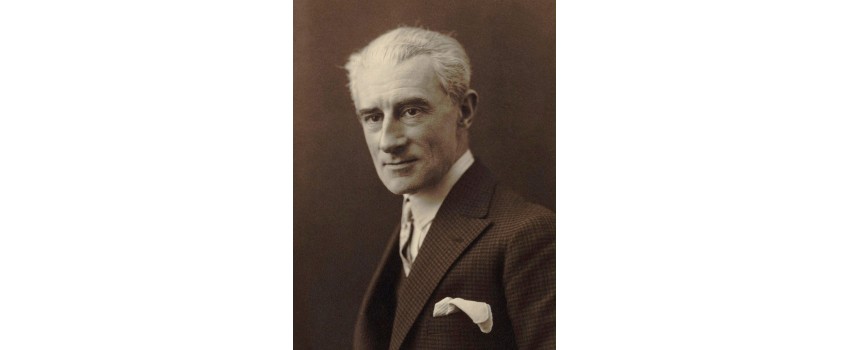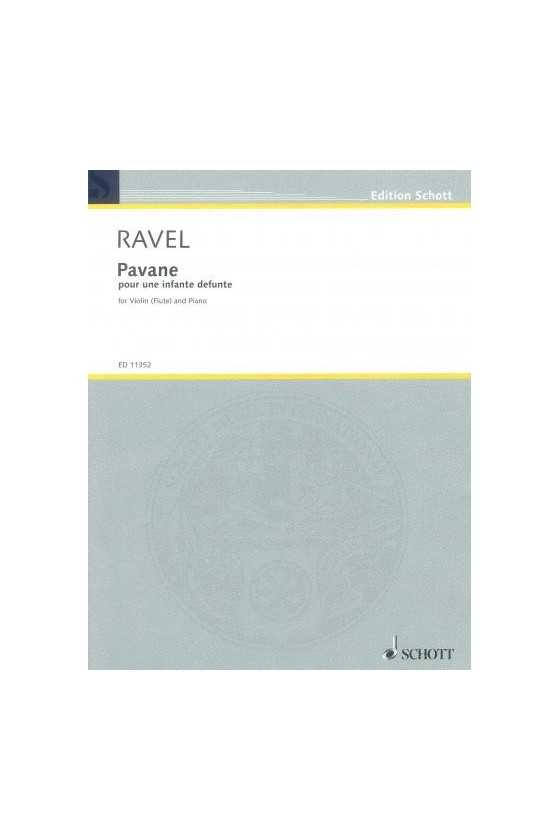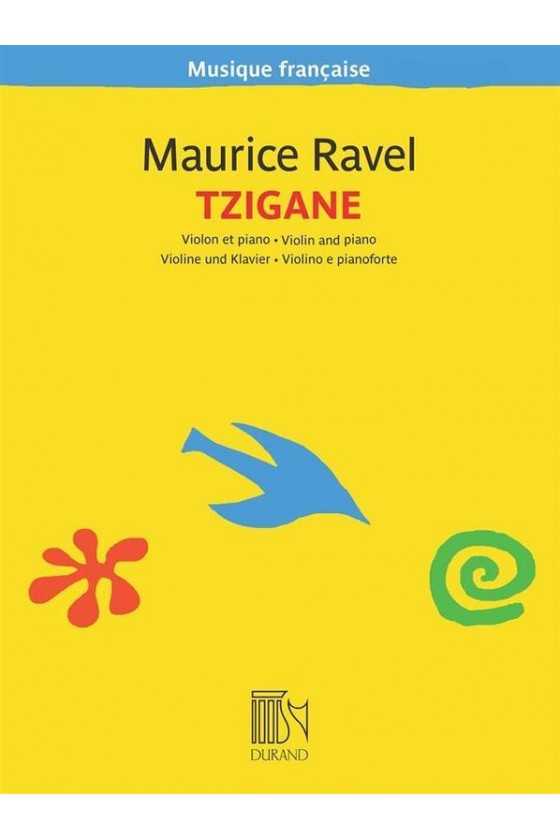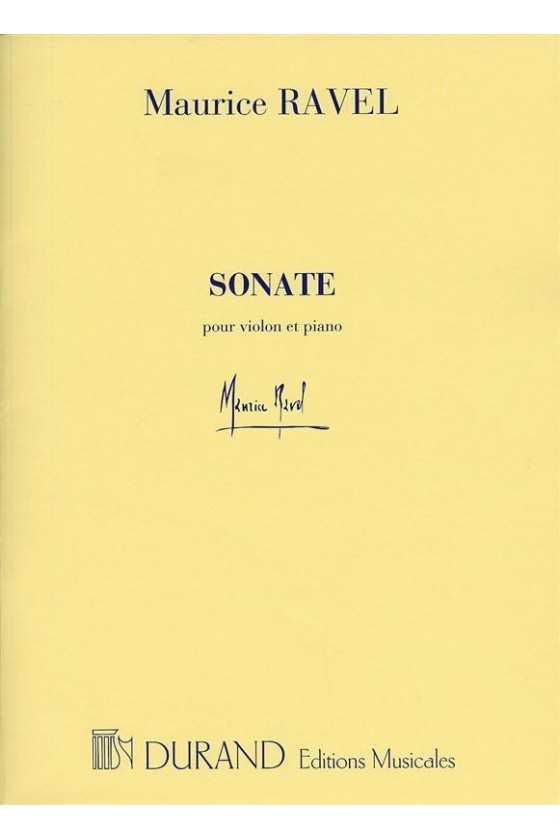Ravel, Maurice
Maurice Ravel, a French composer of Swiss-Basque origin, left an indelible mark on the world of music with his innovative compositions and unique musical style. From his iconic works like Boléro and Daphnis et Chloé to his collaborations with renowned artists, Ravel's contributions continue to captivate audiences worldwide.
Early Life and Musical Beginnings
Maurice Ravel was born on March 7, 1875, in a small village near Saint-Jean-de-Luz, France. His diverse heritage, with a Swiss father and Basque mother, played a significant role in shaping his artistic sensibilities. Growing up in a creative and cultivated family, Ravel's passion for music became evident at a young age.
Encouraged by his father, Ravel enrolled in the prestigious Paris Conservatoire at the age of 14 in 1889. During his time there until 1905, Ravel honed his skills and developed a mastery of composition. It was during this period that he wrote several of his most well-known works, including the enchanting Pavane pour une infante défunte and the mesmerizing Sonatine for Piano.
Style and Craftsmanship
Ravel's compositions demonstrate a remarkable early mastery of style and craftsmanship. His ability to blend traditional musical conventions with his unique musical idiom set him apart as a visionary composer. While he often worked within the existing structured and harmonic conventions of his time, his adaptations and innovations added a distinct personality to his music.
Though deeply rooted in tonality, Ravel's harmonies are known for their acidity, characterized by "added" notes and unresolved appoggiaturas. His melodies, predominantly modal, draw inspiration from ancient Greek Phrygian and Dorian modes, adding a touch of exoticism to his compositions.
From the early Jeux d'eau to the formidable Gaspard de la nuit, Ravel's piano works showcased his exceptional skill and enriched the piano literature. His orchestral compositions, such as the Rapsodie espagnole and the iconic Boléro, revealed his consummate mastery of instrumentation.
Controversy and Recognition
Despite Ravel's undeniable talent, he faced controversy early in his career. His inability to win the prestigious Prix de Rome for composition after three attempts at the Conservatoire stirred a heated debate. The ultraconservative jury members deemed his submissions too "advanced," sparking outrage among liberal musicians and poets who supported Ravel's innovative approach.
The controversy led to the retirement of the director of the Conservatoire, Théodore Dubois, and the appointment of Gabriel Fauré, Ravel's composition mentor. This turn of events marked a significant shift in the institution's approach to music, recognizing the value of Ravel's unique contributions.
Collaborations and Milestones
Ravel's collaborations with influential figures in the arts world played a pivotal role in his career. Working with Russian impresario Serge Diaghilev for the Ballets Russes, Ravel composed the masterpiece Daphnis et Chloé. This ballet showcased his ability to evoke vivid imagery and emotions through music, solidifying his position as a leading composer of his time.
Another remarkable collaboration was with the French writer Colette, who served as the librettist for Ravel's best-known opera, L'Enfant et les sortilèges. This whimsical opera brought to life a story of enchantment and sorcery, with Ravel's clever and humorous musical interpretations capturing the essence of the narrative.
In addition to his orchestral and operatic works, Ravel also distinguished himself as a songwriter. Pieces like Histoires naturelles, Trois poèmes de Stéphane Mallarmé, and Chansons madécasses showcased his talent for setting poetry to music, further expanding his artistic repertoire.
Legacy and Influence
Maurice Ravel's legacy continues to resonate in the world of classical music. His innovative compositions, blending traditional conventions with his distinct musical language, have inspired countless composers and musicians. Ravel's meticulous attention to detail, craftsmanship, and his ability to evoke emotions through music have left an indelible mark on the genre.
His influence can be seen in the works of composers who followed, such as Olivier Messiaen and Francis Poulenc. Ravel's use of modal melodies, unconventional harmonies, and intricate orchestrations paved the way for future generations of musicians to explore new musical territories.
Conclusion
Maurice Ravel, a visionary composer of the 20th century, pushed the boundaries of traditional musical conventions while maintaining a deep respect for craftsmanship and tonality. His compositions, characterized by modal melodies and unique harmonies, showcase his exceptional talent and innovative approach to music.
From his iconic works like Boléro and Daphnis et Chloé to his collaborations with prominent artists, Ravel's contributions continue to captivate audiences worldwide. His legacy as a pioneering composer and his ability to evoke vivid imagery and emotions through music ensure that his music will be cherished for generations to come.




